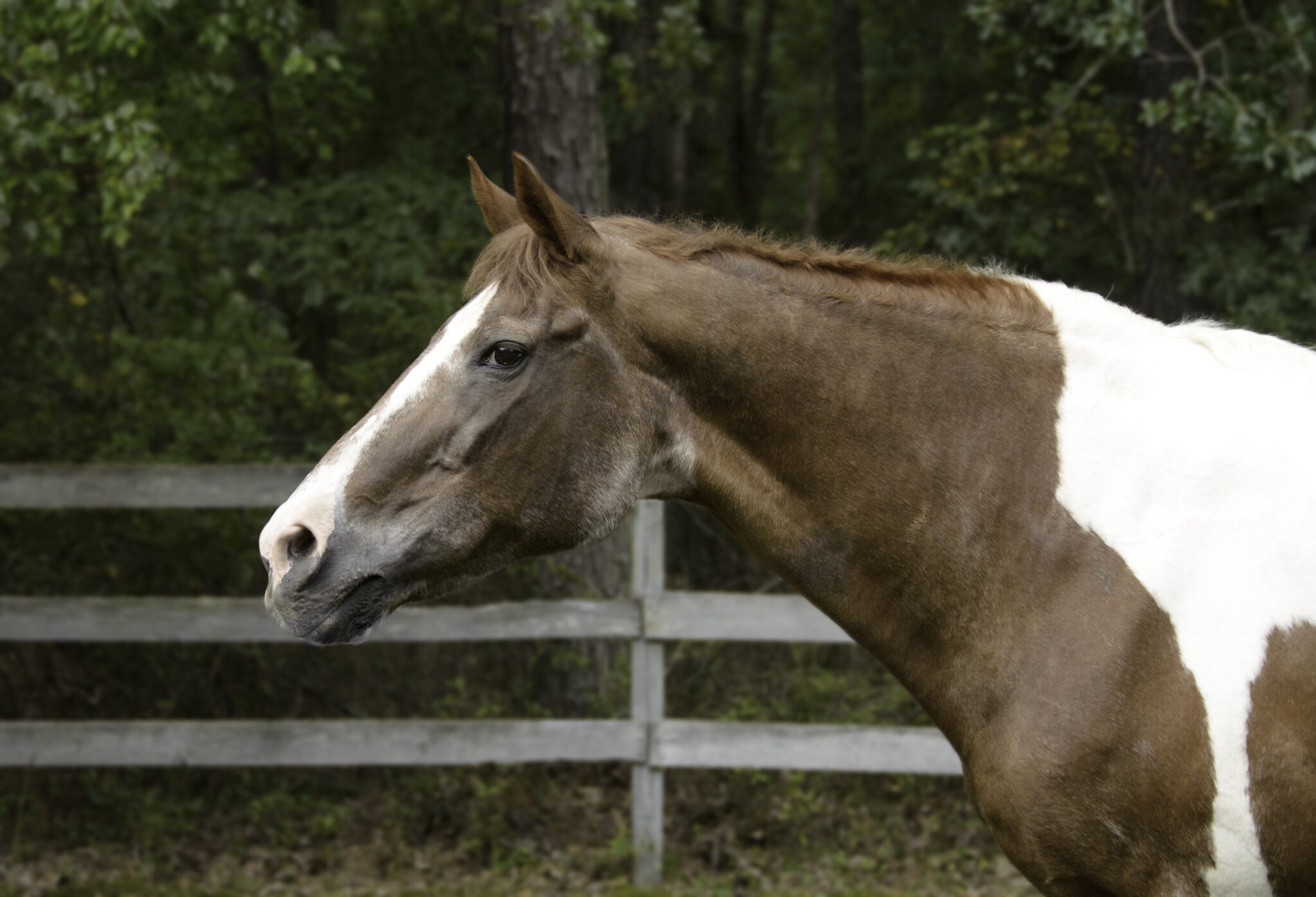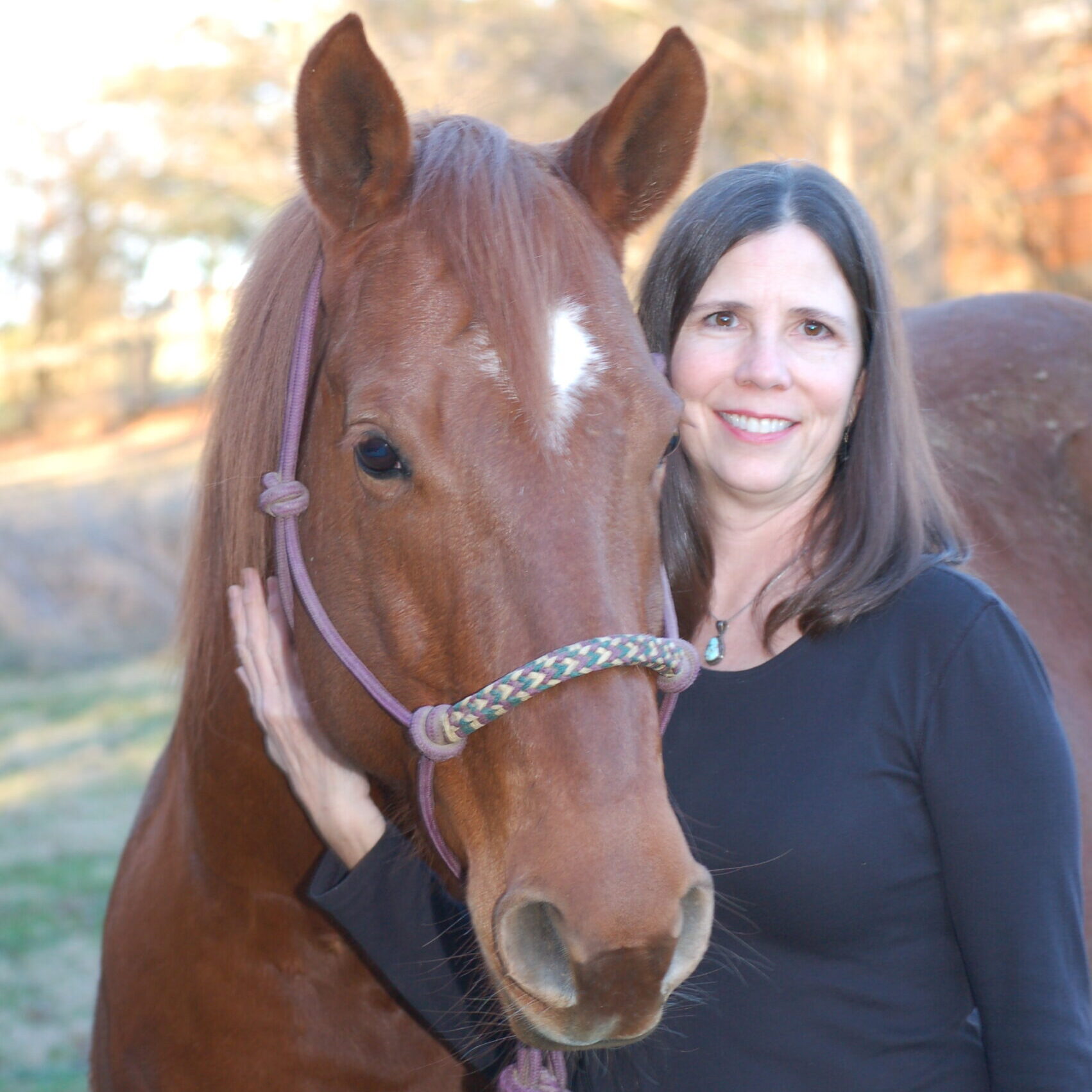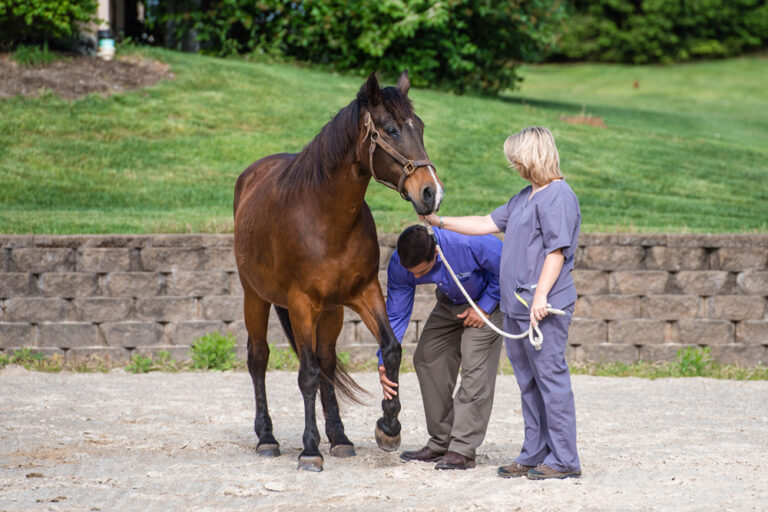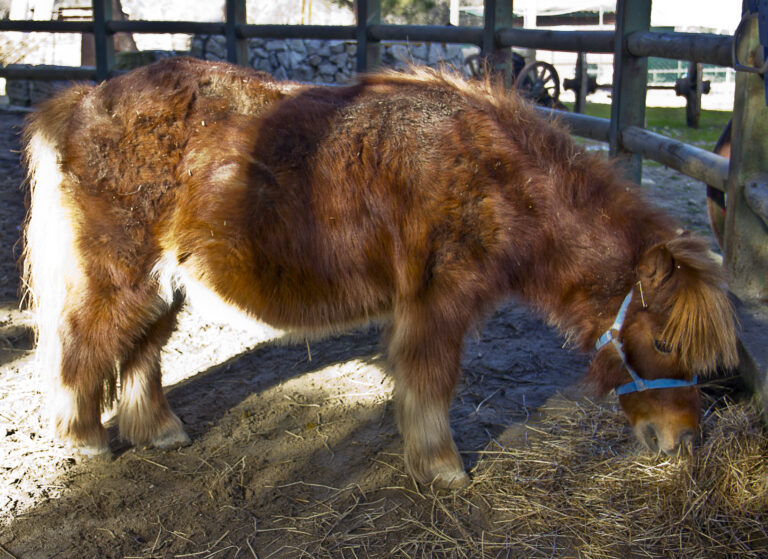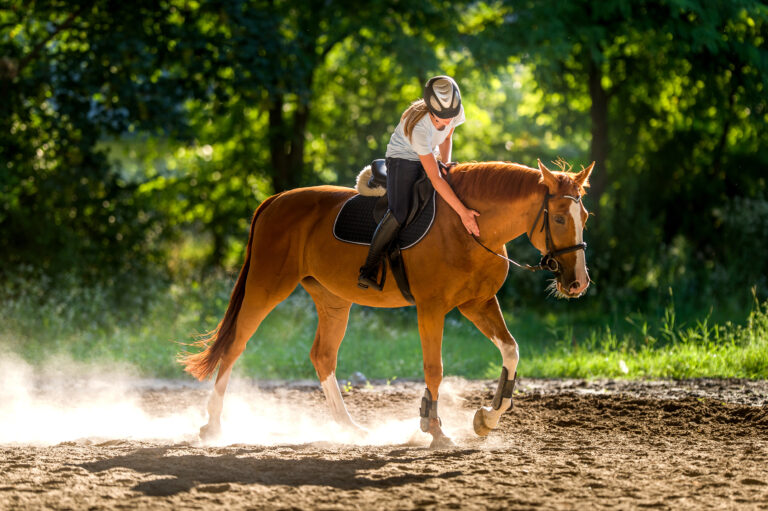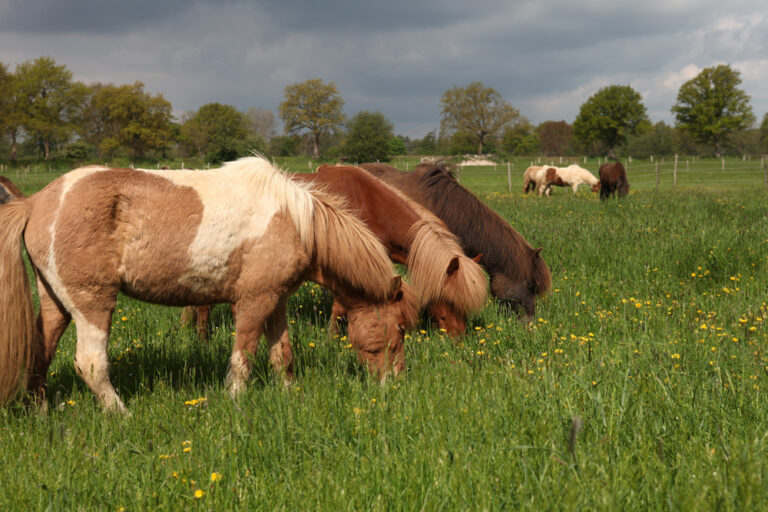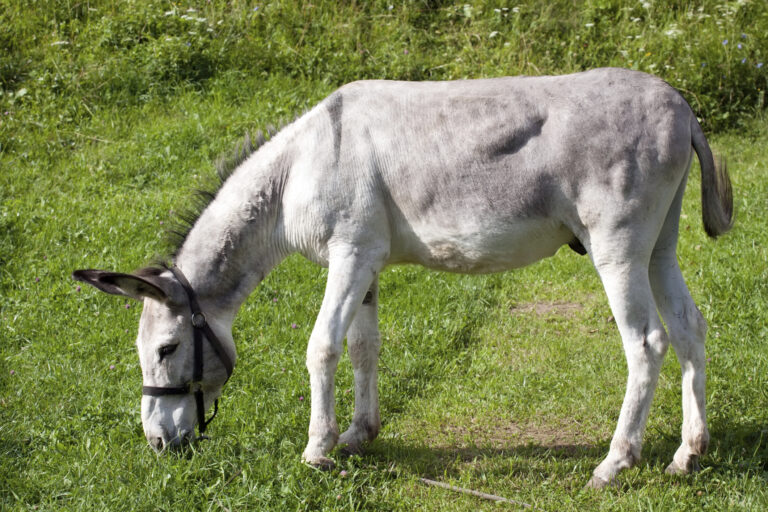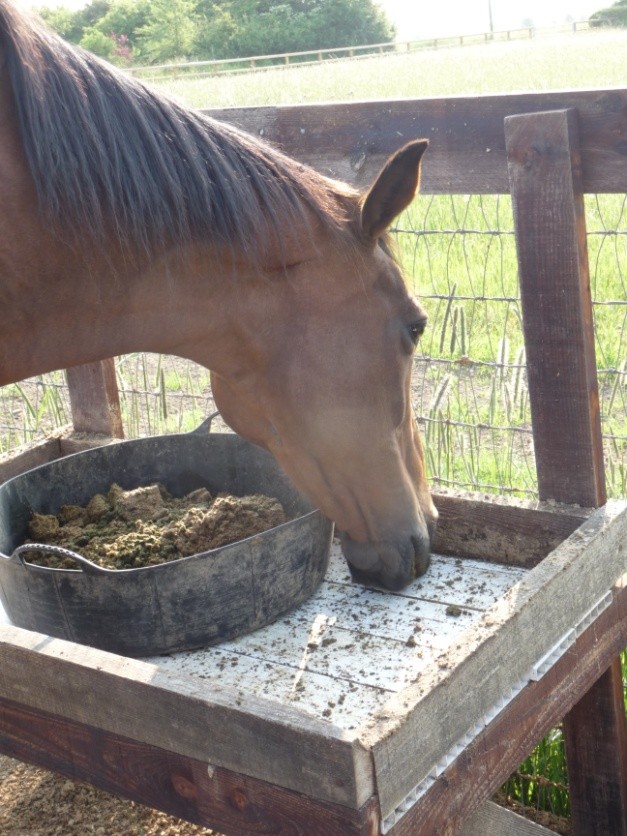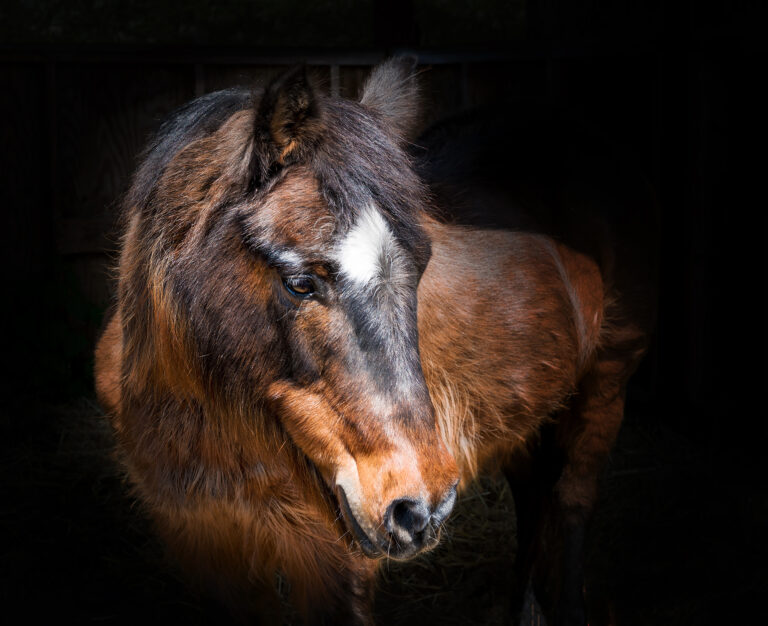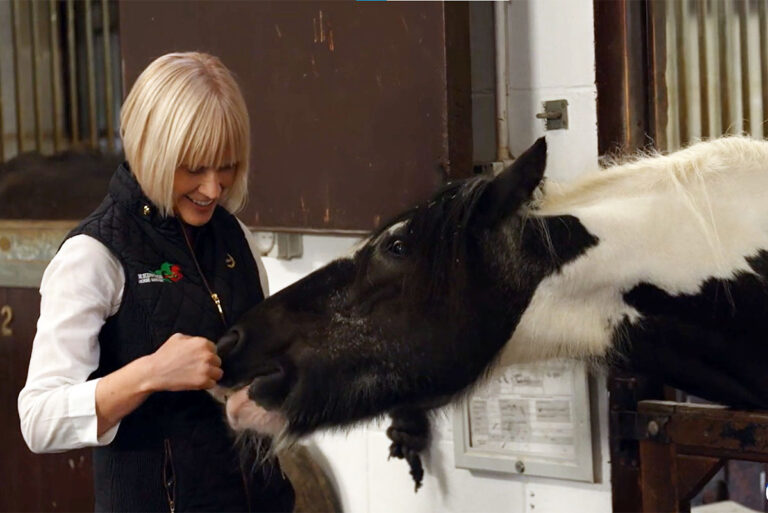In this podcast, we talk to Alisa Herbst, PhD, about a large senior horse survey1,2 she conducted. She was doing her PhD program at the University of Kentucky when she did the senior horse study.
Click on the above player to listen.
Herbst said that a different study found that about one-third of the global equine population is of senior age—15 years of age or older.
“Unfortunately, we currently actually know relatively little about the health and management of these senior horses,” said Herbst. “That’s especially with regard to horses that live in the United States.
She noted that in Australia and the UK, there have been large-scale surveys of owners of senior horses. But there was nothing comparable in the U.S.
Study Goals and Methods
Broad goals of the study were the health and management of U.S. senior horses. More specific goals included medical conditions affecting senior horses and the health care that they received.
The study was conducted online in the fall of 2020. Adult owners (18 years of age or older) of horses or ponies that were at least 15 years of age were allowed to participate in the study. There were about 3,000 participants in the survey, “which really made us think that there’s a huge interest right now in senior horses,” said Herbst.
The most common horse breeds were Quarter Horses, followed by Thoroughbreds. There were more geldings (60%) than mares and stallions (40%), with stallions being very rare (about 1%).
Roles of Senior Horses
About 40% of the senior horses in the survey were retired. Another group of seniors were used for pleasure riding or driving. About 12% of horses were termed ‘semi-retired.’
“That means these horses were officially retired from riding or driving, but they were still doing some sort of structured exercise,” said Herbst. She said that exercise might include lunging, hand walking, and long-lining.
There were about 10% of the senior horses that were still being used for competition.
Why Retired?
The survey sought to discover the reason for retirement of some senior horses. They wanted to know the health problems that lead to retirement.
“If we were to know a little bit more about that, we would maybe be able to prevent them from happening, or at least treat them in a way so that the horses don’t have to be fully retired,” said Herbst.
In humans it has been found that if they stay active and fit, they can prevent the onset of certain diseases and improve their quality of life. So the researchers wanted to know if a semi-retirement program might be better for senior horses than just full retirement.
The study found that mares were at higher risk of being retired than geldings. They also found that Thoroughbred are at higher risk of being retired than other breeds.
Medical Indications for Retirement
Suspensory ligament desmitis (dropped fetlocks) was a medical condition that increased the risk of retirement. Laminitis also increased the risk of retirement.
“A quick side note,” said Herbst. “These risk factors really don’t mean that there is a cause/effect relationship.”
Health Care
Owners were asked to report any veterinary-diagnosed medical conditions at the time of the survey.
The top three were osteoarthritis, dental disorders, and lameness. Osteoarthritis affected about 30% of horses. Dental disorders affected about 15%. Lameness affected about 14%.
Fourth was pituitary pars intermedia dysfunction (PPID, also called Cushing’s disease).
It was interesting to note that at the time of the survey, only about one-third of owners reported that their horses were free of medical conditions. “That means that two-thirds of the horses were affected by a medical condition,” explained Herbst. “That’s a lot.”
When asked what clinical signs of health issues were most often seen in senior horses, the most commonly reported was stiff leg joints. They were present in over 35% of the surveyed senior horses. “I guess that’s not surprising given that many horses also had osteoarthritis,” said Herbst.
Final Words
There were many other findings in the study results. Listen to the podcast to hear more about them.
In her closing words, Herbst said, “We really would like to encourage all of our owners of senior horses—especially if they care for retired horses—to make sure their horses receive routine wellness exams, farrier and dental care.”
References
- Owner-Reported Health and Disease in U.S. Senior Horses. Alisa C. Herbst, Michelle C. Coleman, Erica L. Macon, Patricia A. Harris, Amanda A. Adams. 2024. Equine Veterinary Journal
- Retirement risk factors, exercise management and muscle mass in US senior horses. Herbst, Alisa C., et al. Equine Veterinary Journal 56.3 (2024): 522-534.
Further Reading
- 5 Considerations for Equine Retirement. Clare Barfoot, RNutr. MySeniorHorse.com
- Planning Retirement for an Older Horse. Dr. Merry Smith. MySeniorHorse.com
- When Is a Horse Considered Senior? Clare Barfoot, RNutr. MySeniorHorse.co
-
Kimberly S. Brown is an award-winning writer and publisher. She is the Editorial Director for My Senior Horse. Brown spent 10 years at Equine Network, parent company of My Senior Horse. Prior to that she worked for three years in equine nutrition after she retired from nearly 30 years working at The Blood-Horse. Brown spent the last 15 years of her time at that organization creating and developing The Horse and TheHorse.com.View all posts

